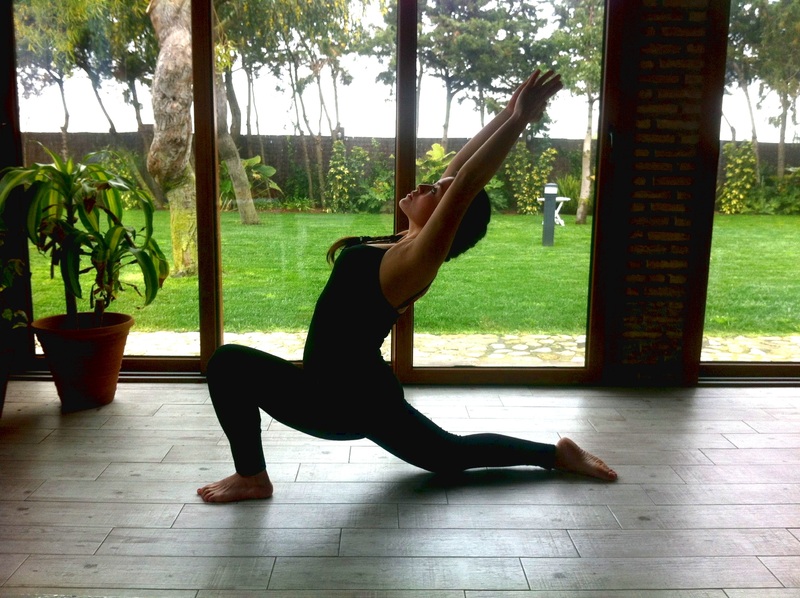If you want to make sure that your flexibility doesn’t become a problem for you in your later years, it certainly makes a lot of sense to work on it today. It’s something that more of us should be doing, so if you’ve been overlooking it for a while, maybe now is the time to change.
We’re going to talk today about some of the things that you can do to improve your flexibility moving forward. These are the things that you can incorporate into your regular daily and weekly routines to keep yourself as flexible as possible. So read on and find out more.

Incorporate Massages Into Your Routine
If you’re not already getting massages on a regular basis, that’s something that you should definitely think about changing. They allow you to recover properly after you work out and loosen up the knots in your muscles. You might not realize just how much of an impact regular massages can have on your body and your general flexibility until you start incorporating them into your routines. They’re particularly important for people who do weight-based training at the gym.
Try Yoga
One of the things that you might want to try is yoga. It’s a great way to keep yourself active and work on your mental well-being at the same time. Of course, it’s also great for your muscles and your general flexibility, and that’s what’s most important here. If you’ve never tried it before and maybe dismissed it, you should think again because it could really make a difference for you and your overall flexibility.
Warm Up Dynamically
When you warm up for a workout, you should try to do so dynamically. This is important for a number of reasons. First of all, it makes your warmups more effective and means that you’re less likely to deal with injuries when you’re exercising and/or playing sports. They also help to keep your joints and muscles more supple and flexible. Dynamic workouts involve moving around rather than just stretching statically.
See a Chiropractor
If you’ve had problems with your back before, even if it’s just a little stiffness from time to time, it might be a good idea to see a chiropractor. They’ll be able to help you learn more about the potential problem and get it fixed rapidly. If you ignore the problem it won’t go away, and it’ll probably impact your flexibility in the end. Places like Advanced Health Chiropractic can help you with the services that you’re looking for if you feel a chiropractor might be helpful for you.
Maintain Good Posture
Your posture is something that you’ll definitely want to keep a close eye on when it comes to your body and flexibility. If you have a poor posture and it’s something that you’re not very willing to work on, you might regret it later. Bad posture can lead to other joint and muscle problems later on down the line. It might not seem like such a big deal when you’re young, but you might not feel the same later on down the line.
Listen to What Your Body is Telling You
It’s important to always be listening to what your body is trying to tell you. You can tell a lot about the shape you’re in and the things that you need to improve by listening to your body. If you feel that you’re having problems in a particular area, you might want to see a professional get to the bottom of the problem in case it ends up damaging your long-term flexibility by not doing so. Don’t ignore those little signs that your body is giving you.
Stretch Frequently
Stretching is certainly important, but most people only do it when they’re getting ready to work out. That’s not the right approach if you want to maximize your flexibility moving forward though. It’s much better to set some time aside a few times a week when you can focus solely on stretching. It’s something that some people choose to do every day, and it really can make a long-term difference.
As you can see, there are plenty of different ways in which you can improve your flexibility if you’re willing to put in the hard work. By making the most of the tips and ideas discussed above, you should be able to make sure that it’s relatively easy for you to get to where you want to be in the long term.